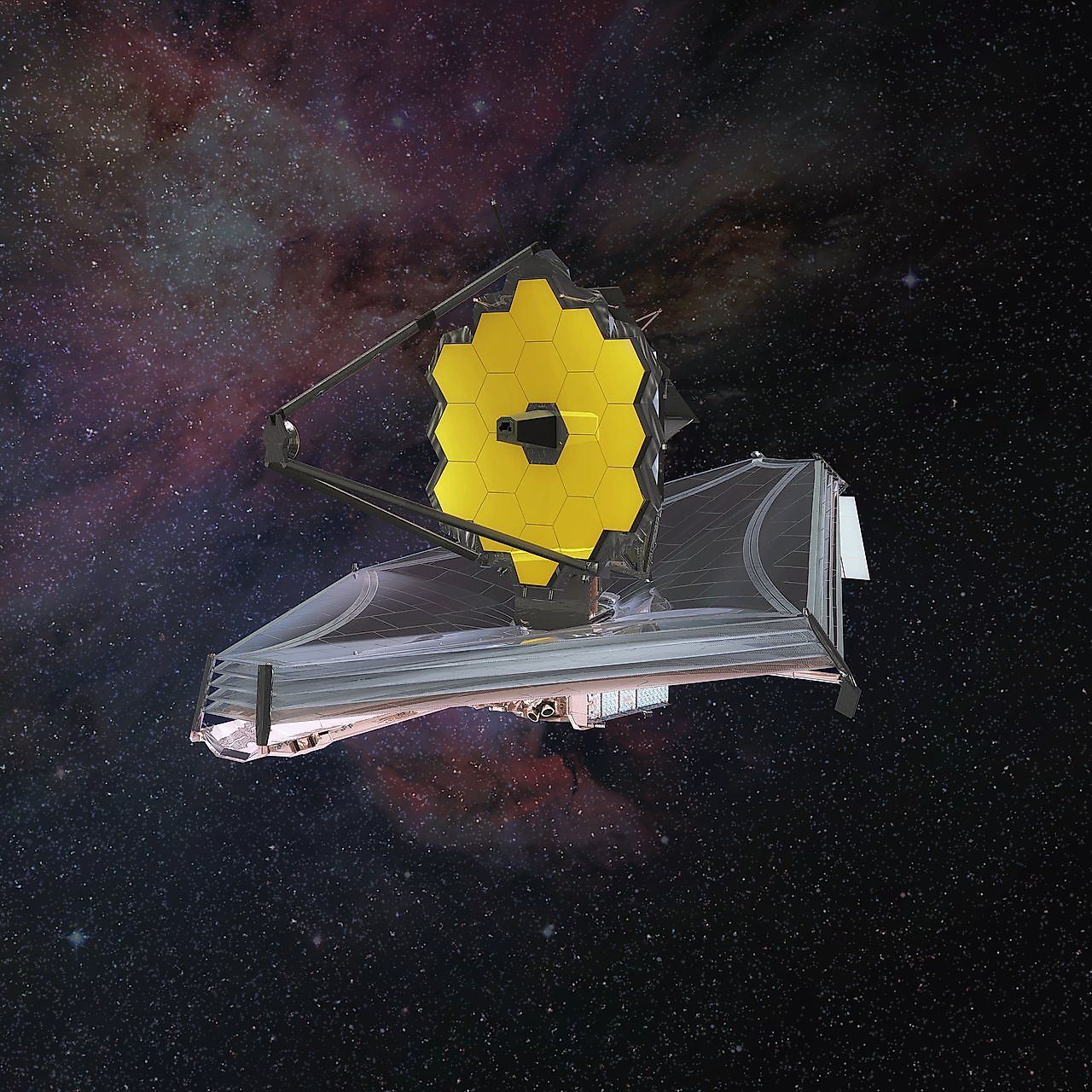
First Images From James Webb Telescope
NASA’s James Webb Space Telescope (JWST) has taken its first color images of space. On July 11, 2022, NASA released these images, and they do not disappoint. JWST is the successor to the Hubble Space Telescope, and like Hubble, Webb is a space telescope in orbit around the Earth. Webb is currently the most powerful telescope ever designed, and is about six times larger than Hubble. Amazingly, Webb is a staggering 100 times more powerful than Hubble. The images recently released by NASA are meant to showcase just how powerful Webb is, and how it will transform our understanding of the universe.
Deep Field Image
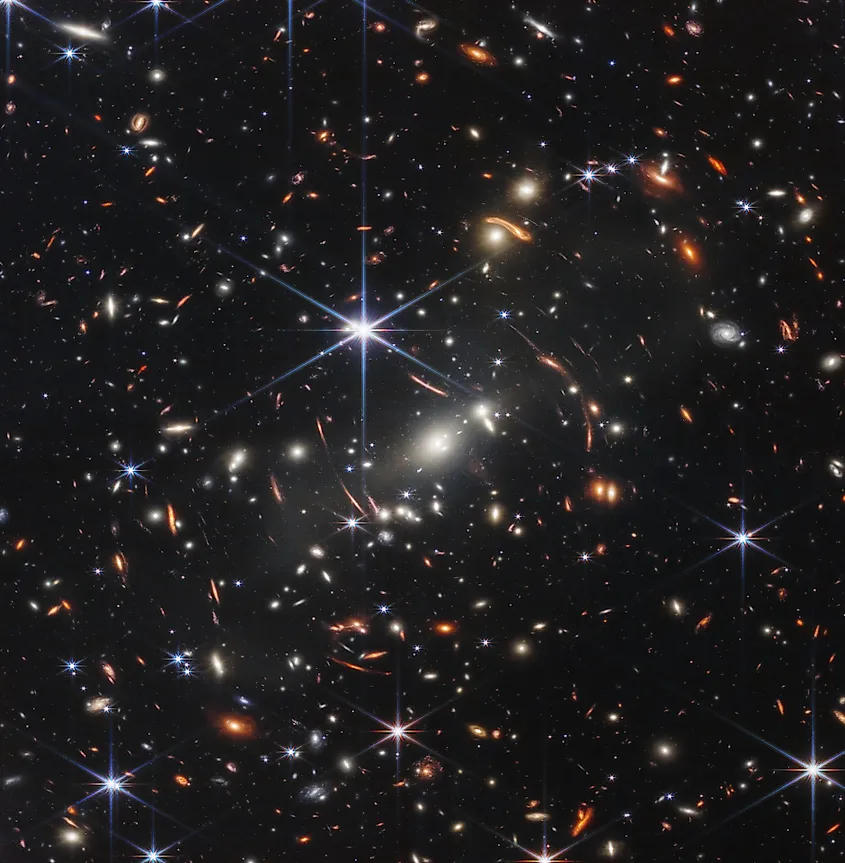
The first color image released by Webb shows just how powerful the telescope is. Webb snapped an image of deep space, revealing millions upon millions of galaxies. The image is the sharpest and deepest view of our universe, showing galaxies that formed less than 600-million years after the Big Bang. In fact, many of the galaxies in this image were likely among the first galaxies to form in the universe. An image such as this would have taken Hubble months to take, yet Webb managed to do it in less than 24-hours, which goes to show how powerful Webb is compared to Hubble.
The Carina Nebula
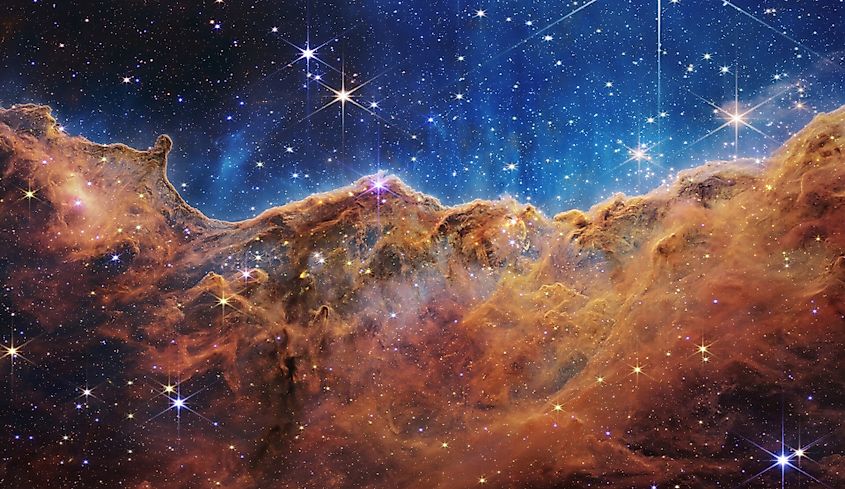
One of Webb’s first targets was the Carina Nebula. The Carina Nebula was a popular target for Hubble, as the entire nebula is one of the largest star-forming regions in the Milky Way. Webb is able to see the Carina Nebula in a much higher resolution than Hubble, revealing a multitude of forming stars that were invisible to previous telescopes. The higher resolution from Webb will allow astronomers to study star formation in more detail than ever before. It is impossible to say what Webb will reveal, but we can expect it to be truly mind-blowing given how powerful this telescope is.
The Ring Nebula
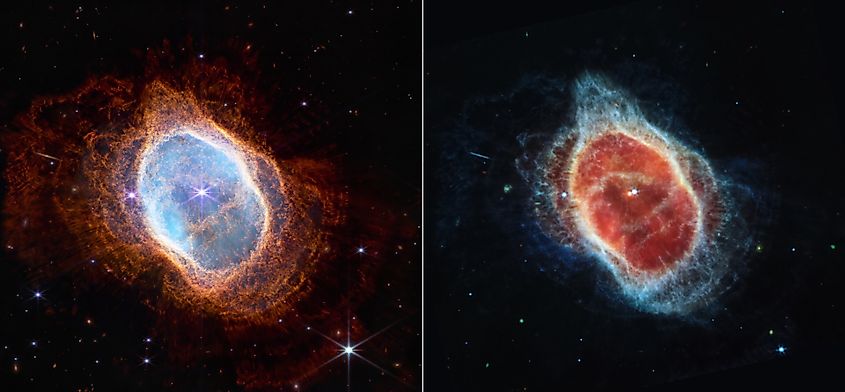
Another one of Webb’s targets was a planetary nebula called the Ring Nebula. Hubble took several high resolution images of the Ring Nebula in the past, yet none look nearly as detailed as Webb’s first image. The Ring Nebula was once a star not so different from our sun, yet it is now in the final stages of its life. As the star dies, it is blasting off its outer layers, forming a shell of stellar material. Not only is the image stunning, it is now the highest resolution image ever taken of the Ring Nebula. Webb will reveal more information about planetary nebulae in the future, and who knows what discoveries await us.
Stephan’s Quintet
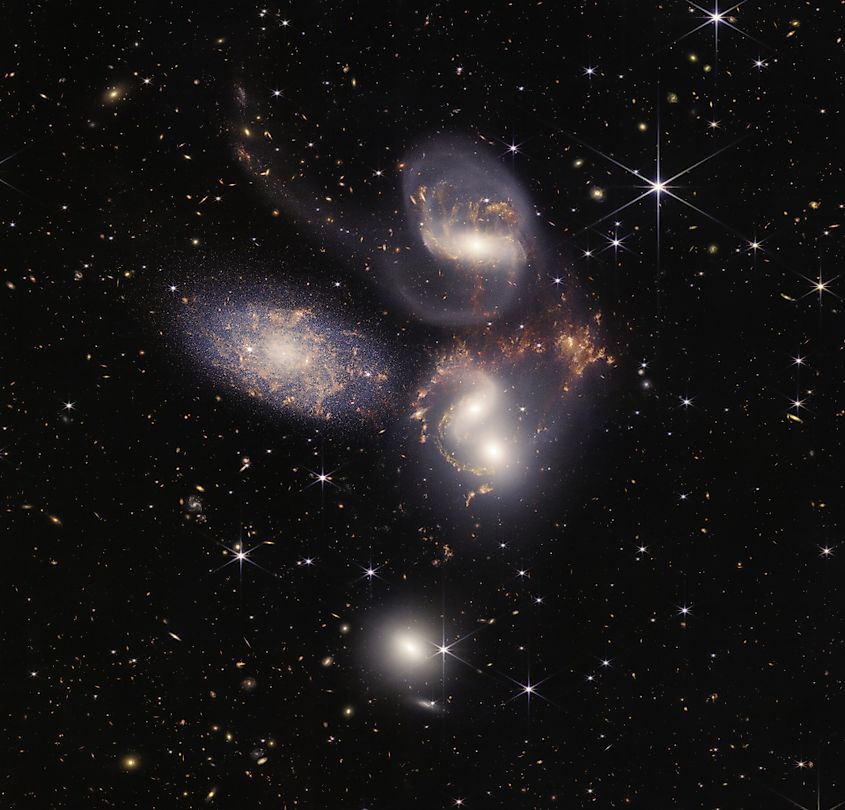
Stephan’s Quintet was often considered to be one of the most stunning objects ever observed by Hubble, and so it was inevitably chosen as one of Webb’s first targets. The object itself is actually five galaxies grouped together, two of which are currently merging together. Webb’s image of Stephan’s Quintet is its largest image so far, containing 150-million pixels and over 1,000 different image files. Webb will further our understanding of galactic groups and mergers, providing more information on how galaxies form and evolve.











